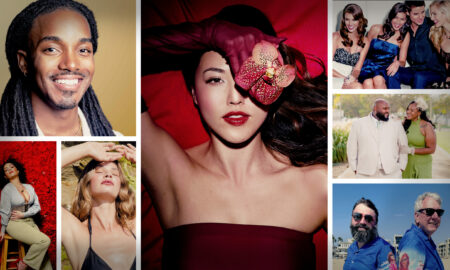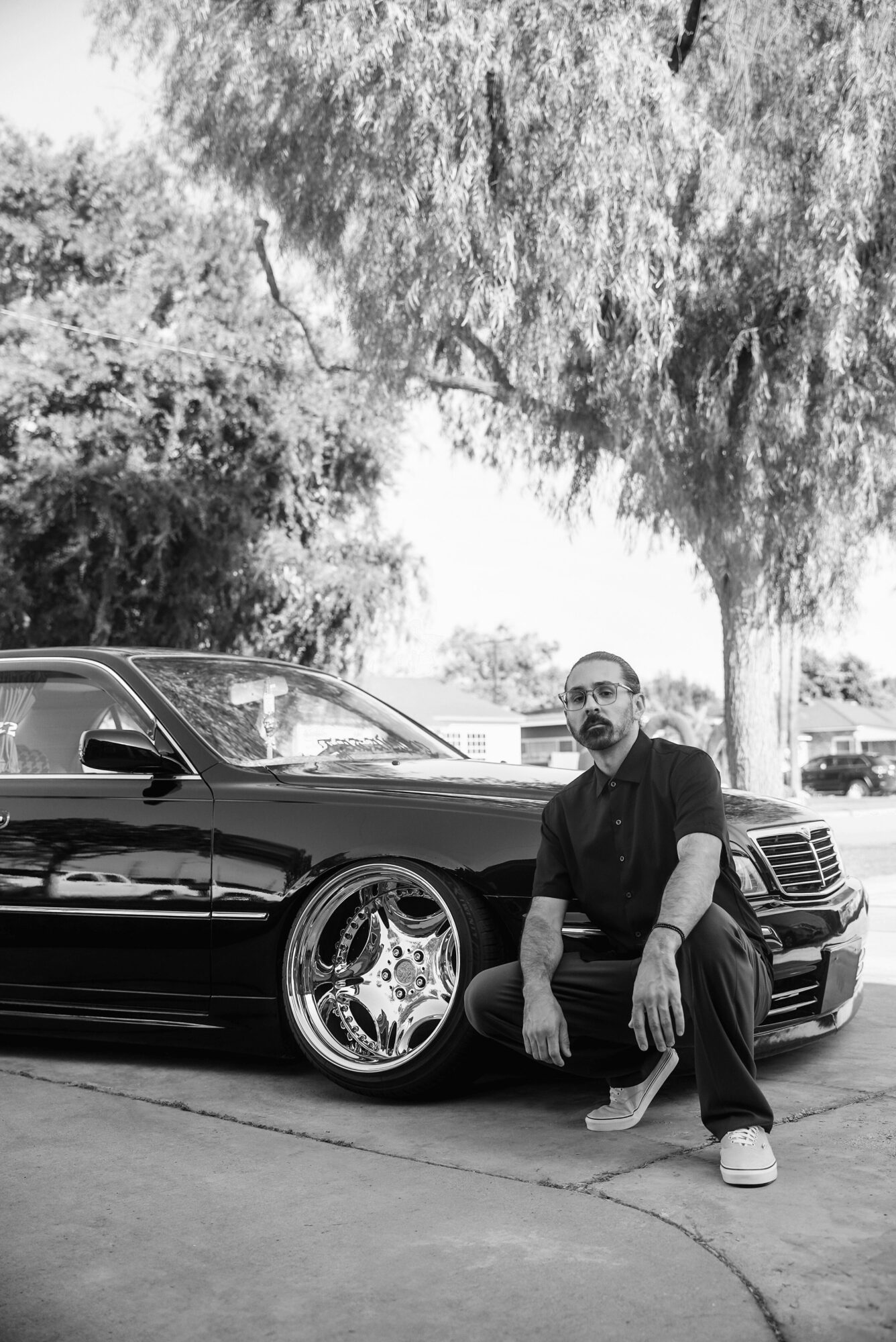

Today we’d like to introduce you to Rob Carmona
Hi Rob, so excited to have you on the platform. So before we get into questions about your work-life, maybe you can bring our readers up to speed on your story and how you got to where you are today?
Growing up, I was always surrounded by cars. From slammed Volkswagens to mini trucks and Japanese cars, especially Mazdas, they were a constant in my life. These cars weren’t just machines but expressions of creativity and passion. I dreamed of one day working in the automotive field, combining my love for cars with my artistic skills.
At 14, it all started. I took a Photoshop class in high school because I had extra room in my schedule due to transferring credits. I enjoyed using the software more than I expected but didn’t realize how serious it would become because I didn’t think making money with it was possible. That changed when I entered the flyer party scene in LA and noticed that Photoshop was used to design the flyers. Suddenly, my love for dancing and art started to connect, and I began to see a potential future in design. Despite this new interest, I was still set on attending culinary school to fulfill my lifelong dream of becoming a chef. Eventually, I decided to keep cooking as a passion and pursue graphic design as a career. I was good at it, but I knew I had to refine my skills to make it professionally. I started by working with friends on their clothing brands and art projects and even creating stencils for graffiti. Eventually, my first official design job came—fittingly, it was with an automotive performance company specializing in exhaust systems.
By the time I took that job, I had already been designing for six years and had built an entire portfolio. However, while working there, I learned an important lesson. They interviewed another designer who was eventually hired, and when we talked about our work, I found out he earned double my salary because he had a degree. That realization made it clear that I needed to go to school if I wanted to be taken seriously in the industry.
To make school a reality, I needed money. I worked for my uncle Alfredo’s low-voltage company to save as much as possible, not knowing if I’d receive loans or financial aid. Working for him didn’t just fund my education; it also helped me attain my dream car: a pristine titanium silver E46 M3. When my loans fell through, and I needed money to stay in school, I made the tough decision to sell that car. Letting it go wasn’t easy, but it became a pivotal step in pursuing my dream of becoming an artist. Now that my uncle is no longer with us, having lost his battle with a rare form of cancer called primary adenosquamous carcinoma of the prostate, the life I’ve built as an artist carries even more meaning. He saw me graduate and stood by me during one of the most significant achievements of my life. Before he passed, I promised him I would never stop and would make him proud. He was like a father to me, and his sacrifices impacted my approach to life. Honoring him through my art is my way of keeping that promise.
Becoming a professional graphic designer wasn’t easy, but it was worth it. One pivotal moment came while working for my uncle. On the way to a gig in Laguna Beach, I noticed a small school called LCAD. While working on fiber optic cables in the closet of a Pavilions market, I Googled the school and discovered it was an art college. My original plan had been to attend the Pasadena Art Center, my version of the Ivy League, but their feedback on my portfolio was disheartening. They didn’t think I would get in. LCAD, on the other hand, saw potential in me. I applied and was fortunate enough to receive an acceptance letter to start in the fall of 2014. That set me on the path to becoming the graphic designer I had always dreamed of being.
The three years I spent at LCAD were some of my life’s most challenging yet rewarding. I had limited time to pull everything together but was determined to make it work, and those years shaped me in ways I never expected, teaching me about design and myself. When I graduated, I hit the ground running. On my graduation day, I was offered a position with Pacsun, a life-changing opportunity that introduced me to the corporate design world. I learned so much in that environment and stayed in the 9-5 universe for a few years, ultimately landing a dream job at 4 Wheel Parts as a senior graphic designer. This wasn’t just a title for me—it was a chance to work in an industry I loved. Rock crawling with trucks was a personal passion, and my long-travel-built FJ Cruiser even helped me land the job. I never imagined that a vehicle I built would one day open doors to such a significant opportunity.
As a freelance creative, I’ve applied everything I learned from my experiences to build a life centered around art and passion. LCAD gave me the tools to understand the ins and outs of branding, photo and video work, and so much more. Every step of this journey—from my uncle’s influence to the cars I grew up around to the sacrifices I made—has shaped who I am today. My art is not just a career; it’s a tribute to the people and passions that have driven me to where I am. My uncle’s legacy lives on in my work, and I strive daily to honor him by living out the dream he fiercely supported.
Can you talk to us a bit about the challenges and lessons you’ve learned along the way. Looking back would you say it’s been easy or smooth in retrospect?
I recently picked up a patch in Big Bear to commemorate an off-road trip. It reads, “Of all the paths you take in life, make sure a few of them are dirt.” But they don’t tell you that those dirt paths often come with boulders, and navigating them takes precision and patience—or else you’ll topple over. That’s the reality of life, too, especially as a graphic designer. The creative path isn’t always smooth, and the boulders come in many forms, like financial hurdles, industry challenges, and the constant push to prove your worth.
One of the most challenging parts of being a graphic designer is the struggle to be paid what you’re worth. It’s frustrating to see freelancers and corporate designers heavily underpaid for their skills and expertise. I understand the desperation that drives people to accept low salaries to pay their bills, but this perpetuates a cycle that devalues our industry. Major companies bear much responsibility for this issue as they often exploit designers by posting jobs that should easily pay six figures but offer only $60,000 instead. This practice reflects a troubling disregard for the value of creative professionals. It’s disheartening to know that even when working for iconic brands like Coca-Cola, Nike, Vans, or Adidas, you might not make anywhere near what their in-house artists earn, or their subcontractors are paid for one-off projects. These companies have the budget to pay fairly but often choose not to, undervaluing the people who shape their brand identities.
Working in a corporate environment can be especially tough when you see contracted work being paid significantly more than your salary. Imagine pouring yourself into countless projects, wearing multiple hats, and producing consistent, high-quality work, only to learn that a freelancer brought in for a single deliverable makes more than you in one job. It’s demoralizing and makes it hard to stay motivated when you feel your contributions aren’t valued.
The challenges don’t end there. Programs like Canva have flooded the market, making design feel like a “design for dummies” exercise. While I understand that these tools empower non-designers to create, they also water down the perception of what we do. Canva’s accessibility has led some clients to believe they no longer need professional designers. And then there’s Fiverr—a platform filled with designers charging pennies on the dollar for work that should command much higher rates. Clients will often ask, “Why should I pay you $1,500 for a logo when I can get one for $25 on Fiverr?” It’s a valid question from their perspective, but it underscores how little value is placed on the thought, strategy, and expertise that goes into professional design. Fiverr may work for some, but it harms an industry where even the creators on those platforms are undercutting themselves in the long run.
And then there’s the rise of AI. At first glance, AI feels like a threat to our jobs. Programs that can create art, design layouts, or generate branding concepts seem poised to replace us. But in reality, it’s a double-edged sword. AI has become a tool I use constantly in my work, streamlining processes and freeing up time for a project’s more creative and strategic aspects. It’s about adapting and learning to use these tools to your advantage rather than fearing them. AI has helped me work faster and more efficiently, but it also raises questions about originality, ownership, and the future of design work.
The path of a graphic designer today is filled with challenges, from undervaluation to industry shifts caused by new tools and technologies. Yet, like crawling over boulders on a dirt trail, the struggle is part of the journey. And no good story comes without its obstacles.
As you know, we’re big fans of you and your work. For our readers who might not be as familiar what can you tell them about what you do?
The funny thing is that I always find the “What do you do?” question the most difficult to answer because I do so much. “A jack of all trades is a master of none, but often better than a master of one” best describes me because necessity has always led me down that road. I learned to find solutions without relying on money from a young age. It often represented access, but the people I admired never let having or lacking it stop us from achieving what we wanted. If you didn’t know how to do something or couldn’t afford to have it done by a professional, you had to get crafty and figure it out for yourself because, one way or another, you were going to make it happen.
What I do professionally can be summed up in one phrase: damn near everything. From building brand systems from the ground up—logos, type arrangements, color theory, soft and hard goods like clothing and neon signs, visual merchandising, window displays, websites, applications, and their accompanying UI/UX—there is little I wasn’t exposed to throughout my academic career. Mentors like Michael Stinson, Sayer Danforth, and Dan Marriner ensured I had all the tools I needed to succeed in this industry, which helped shape my specialties. With Dan Marriner’s guidance, I learned to understand a brand’s story, purpose, and drive, but it was my responsibility to paint the final picture. Michael Stinson taught me to value every detail of typography—from the characteristics of letterforms to the rules of flow, leading, and kerning, and why you have only a certain number of characters per line. Most importantly, he emphasized the difference between a font and a typeface—something that might seem insignificant compared to everything else discussed. However, details like these demonstrate the love, care, and deep knowledge required to create work that leaves a lasting impact.
Photography and cinematography have been equally transformative in shaping my career. Telling a story through a lens is one of the most powerful ways to connect with people. Sayer Danforth showed me how to use every tool to transport people to the scenes I captured. Whether shooting lowrider shows or crafting a visual narrative, I wanted my audience to feel like they were right there with me. I learned to pair music and sound effects with visuals to evoke emotion and understood the significance of filming techniques and their origins. For instance, Garrett Brown’s invention of the Steadicam revolutionized filmmaking, as seen in his collaboration with Stanley Kubrick on The Shining. That innovation taught me to embrace changing light and harsh conditions, knowing beauty often exists where others are unwilling to look. As creators, it’s our job to find and showcase that beauty.
My podcast serves as another outlet for storytelling. It focuses on the importance of mental health, personal hobbies, and what makes my world go round. It’s a space where I can reflect, share, and connect, continuing the tradition of creating work that resonates deeply with others.
I am most proud of the relationships I’ve built through my art. From fashion to automotive, my work has connected me with people from all walks of life, and those experiences have profoundly shaped who I am. They say you are a reflection of the company you keep, and if you met the people I hold close, you’d understand why I’m so proud to be where I am. I do this for them. Making people feel unique, essential, and loved sets me apart from others. Building new relationships and giving that “it feels like I’ve known you forever” vibe is something I pride myself on, and I owe that trait to my mom. She taught me to approach everything—from art to life—with care, love, and purpose, and it’s a lesson I carry with me every day.
What does success mean to you?
Success is the art of building a life that feels whole, joyful, and deeply fulfilling. It’s about truly being happy, not just for a moment but in a way that lasts—sustained by gratitude, purpose, and a sense of balance. It’s about having the freedom to pursue the things you love, waking up each day excited by the possibilities, and knowing that your passions shape your path.
True success is found in the relationships that light up your life, spending time with people who uplift, inspire, and bring genuine joy. It’s also about nurturing a healthy mindset that allows you to thrive emotionally and mentally, meet challenges with resilience, and continue growing into the best version of yourself.
Finally, it’s about reaching financial freedom, where you and your family are secure, and money is a tool to enhance your life rather than a source of stress. A delicate harmony of these elements creates a life where you can live fully, love deeply, and grow continuously.
Contact Info:
- Website: https://www.robmadeit.com/
- Instagram: https://www.instagram.com/robthisbaus/
- Youtube: https://www.youtube.com/@robthisbaus
- Other: https://www.instagram.com/rtm.pod/
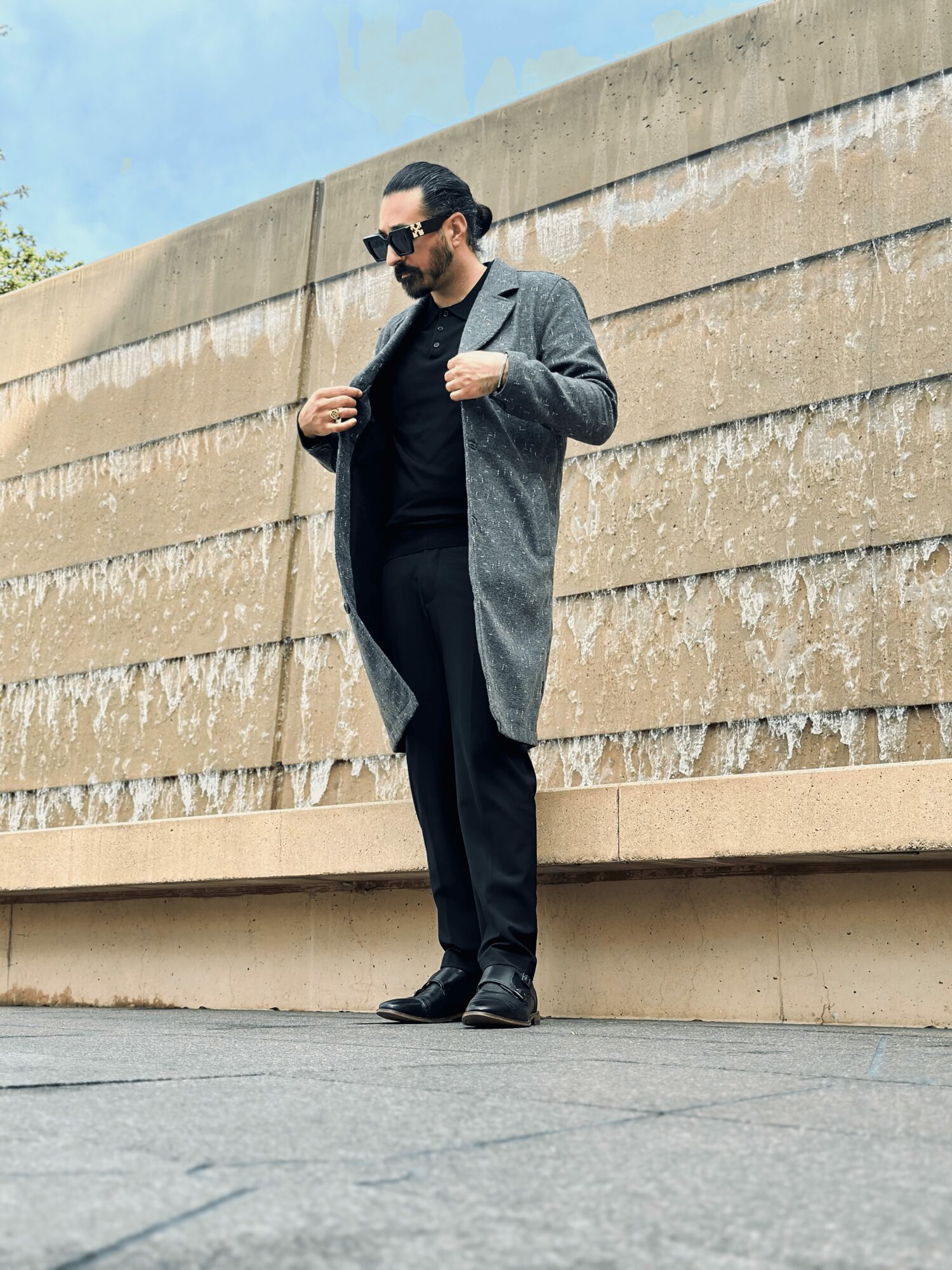

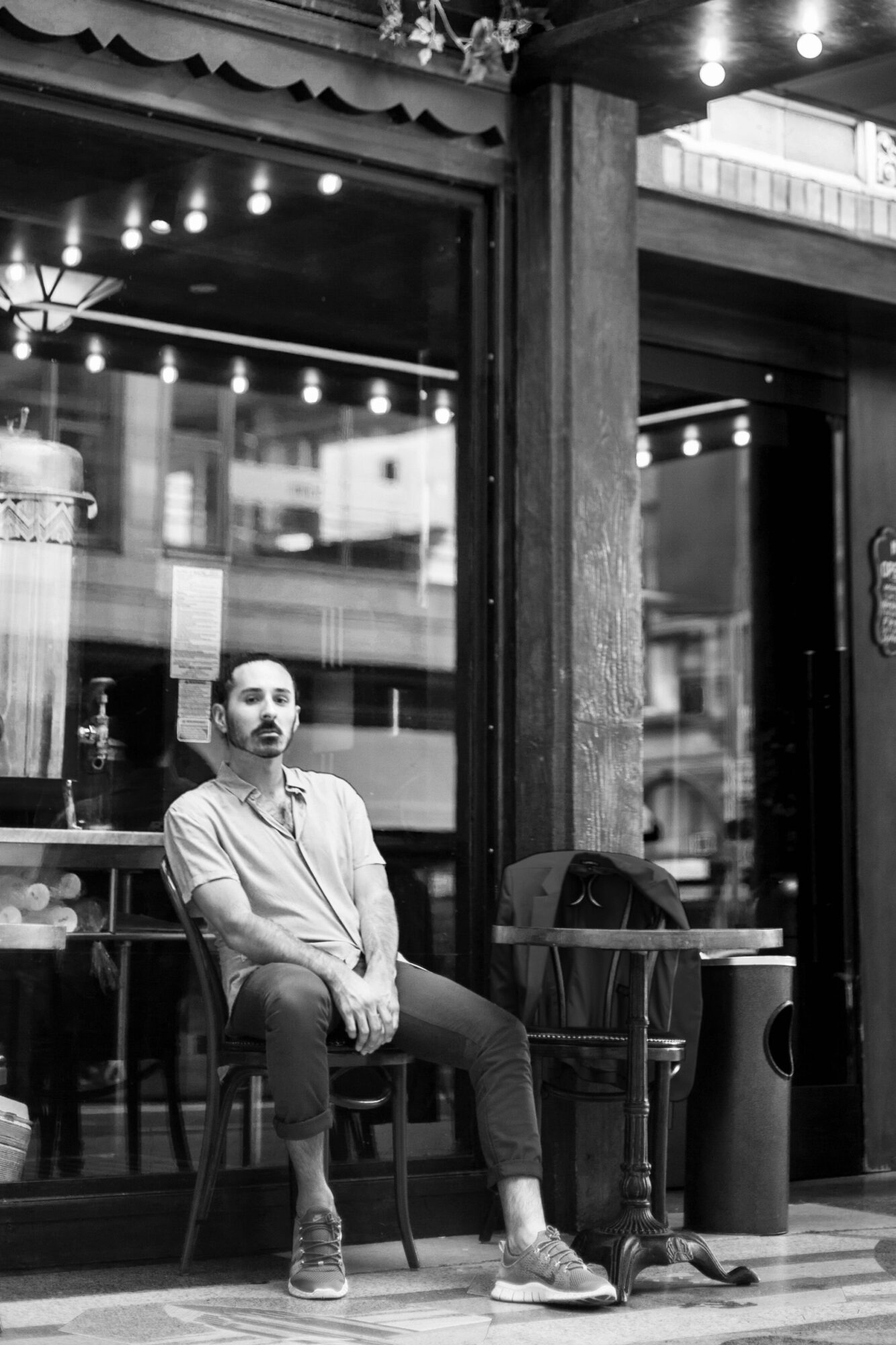

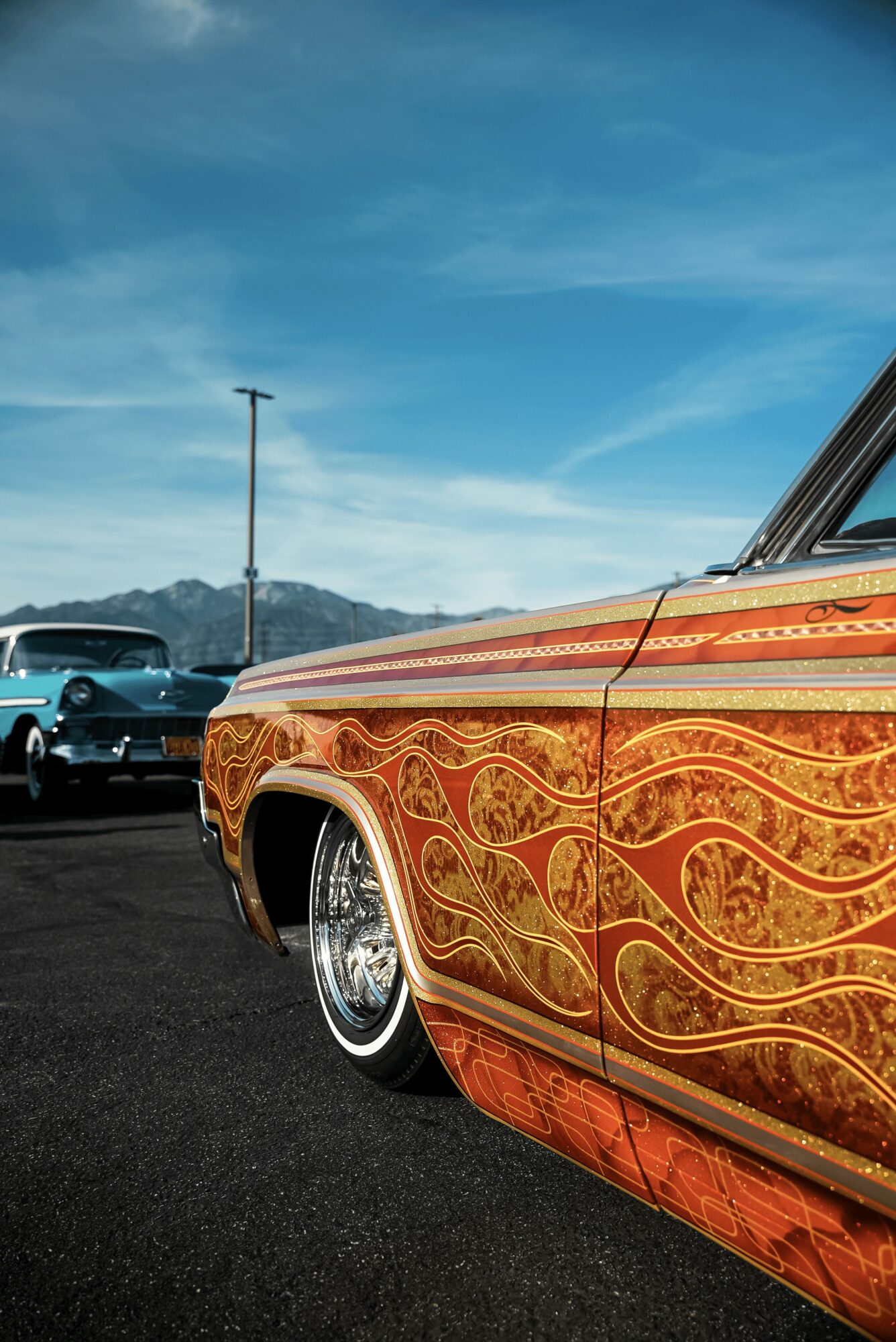
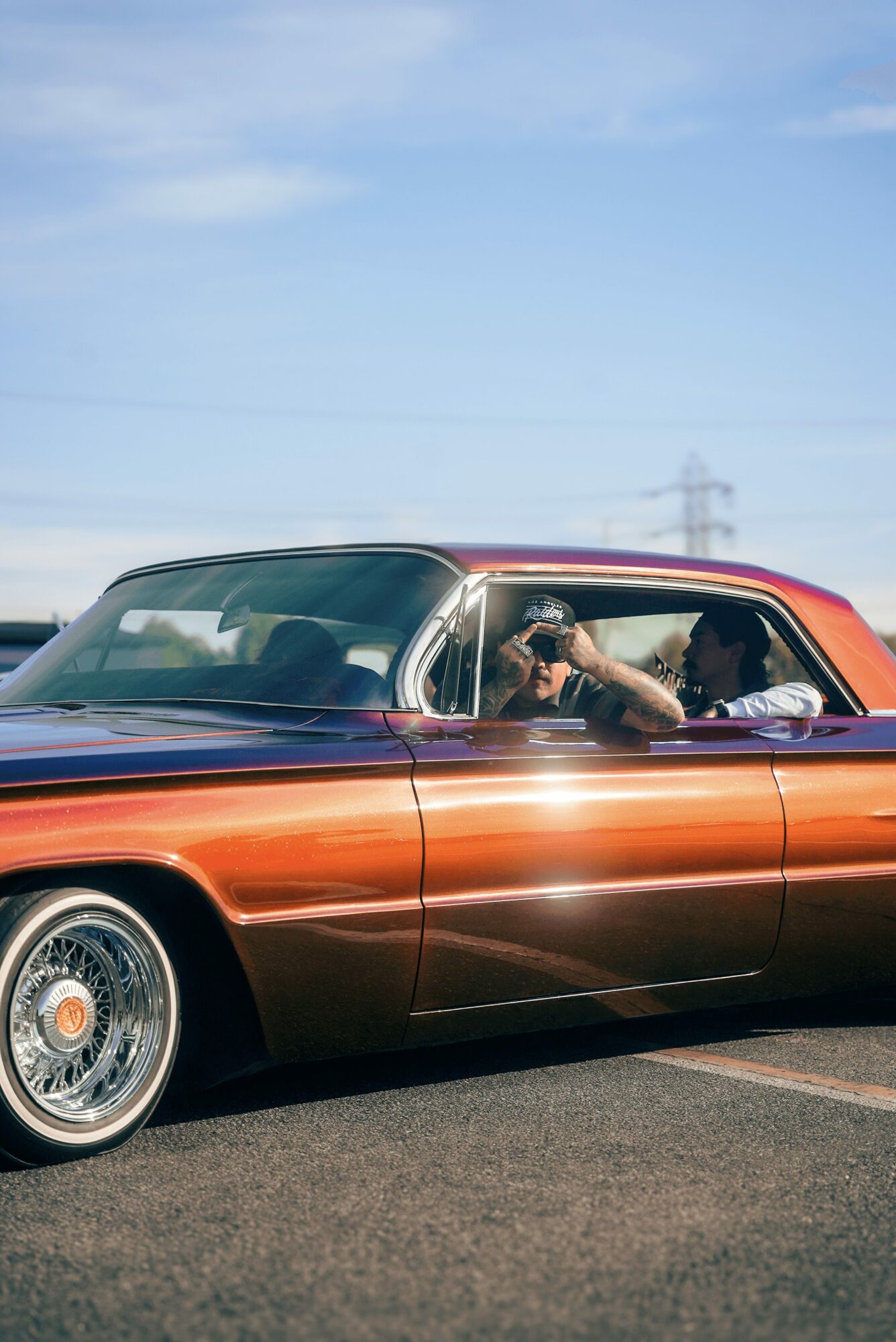
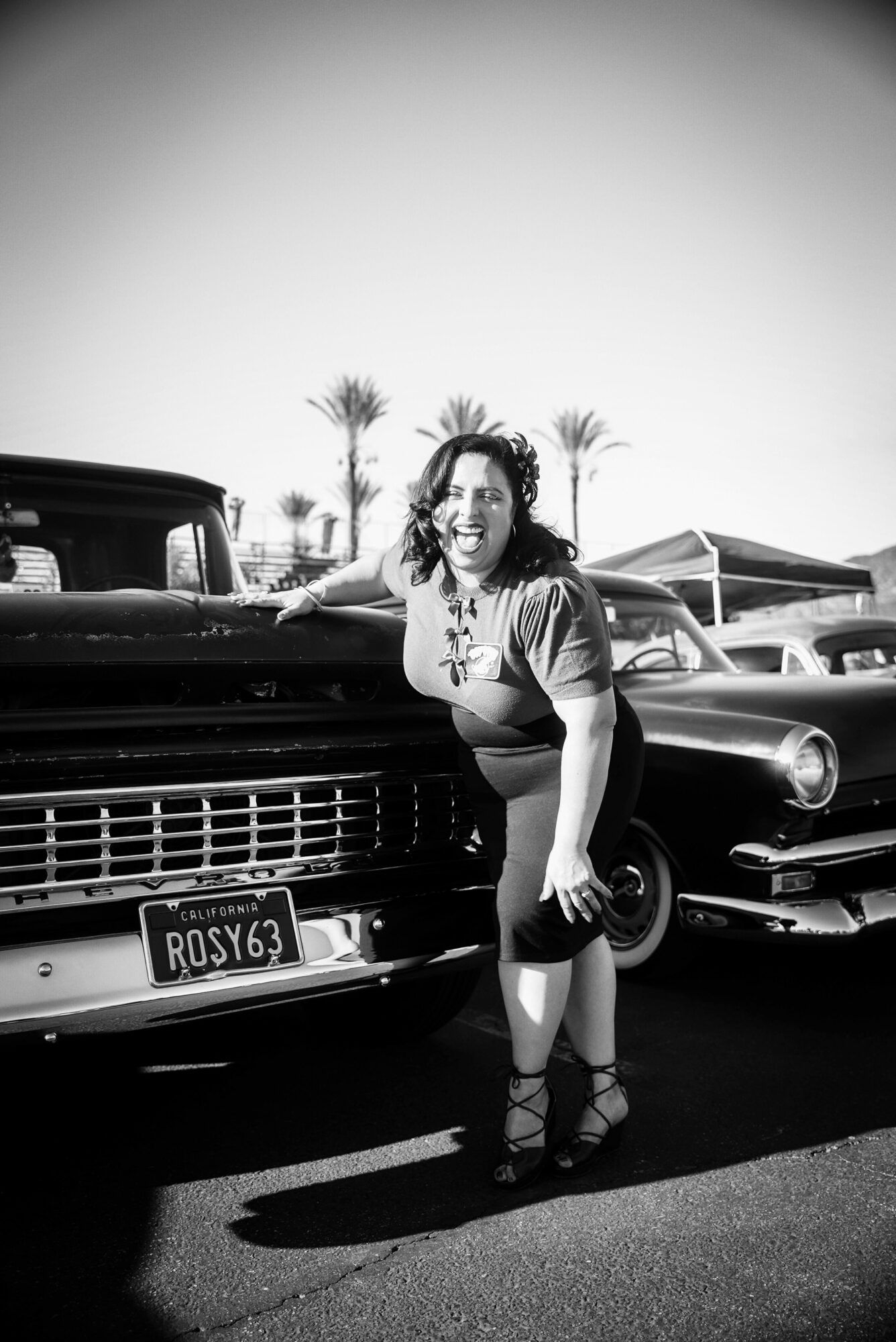
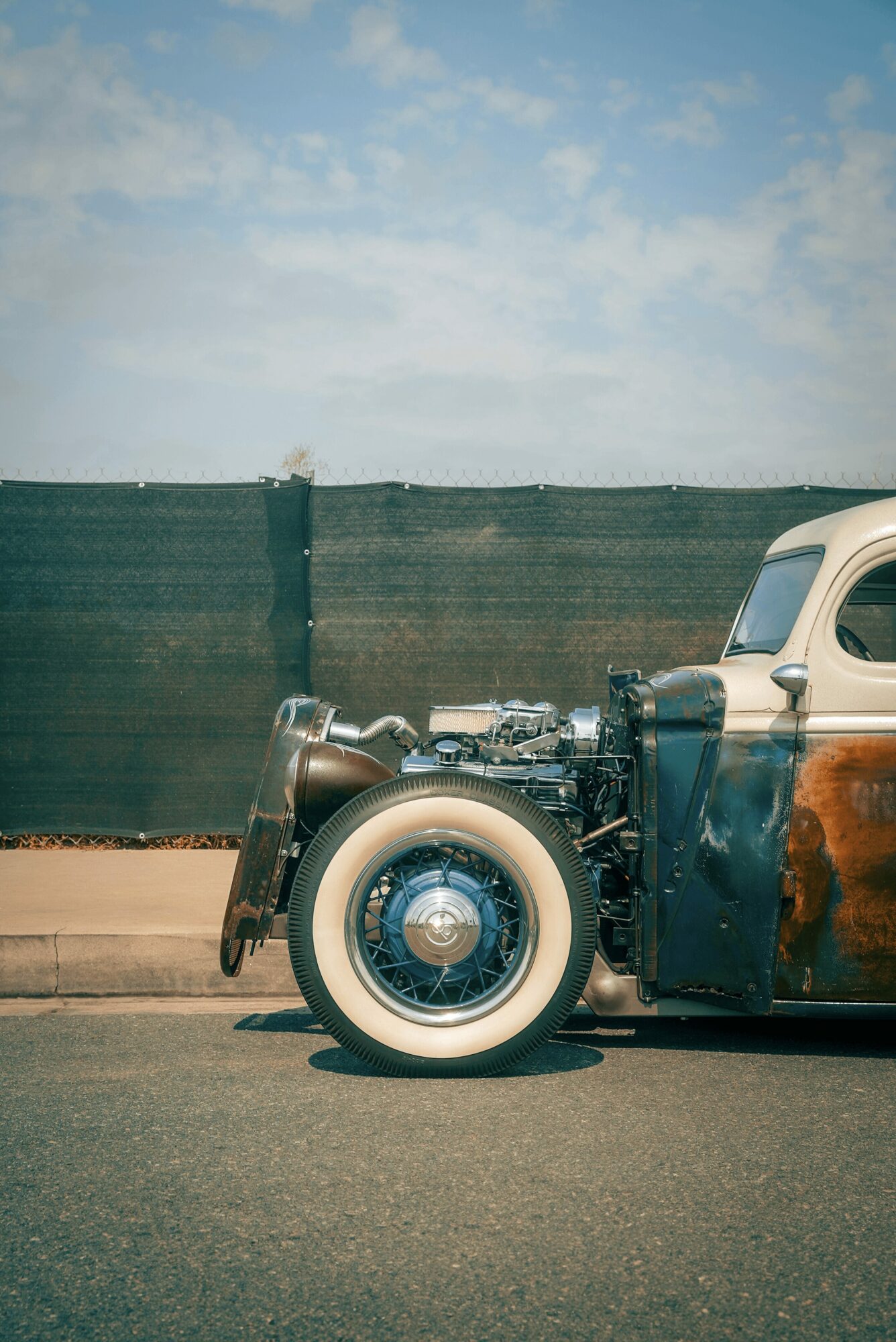
Image Credits
Rob Carmona
Alberto Castañeda
Naomi Fitzgerald

